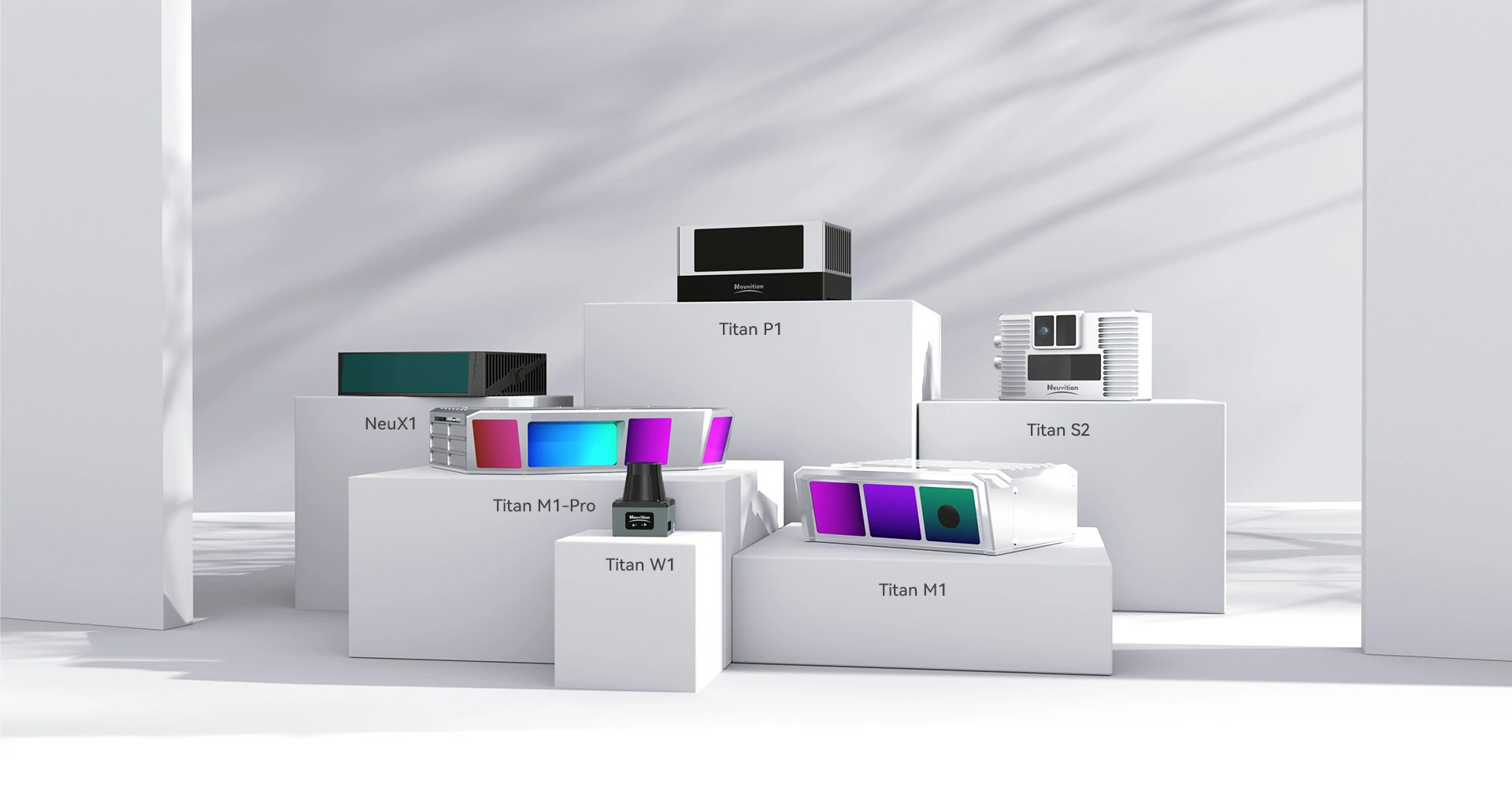Revolutionizing Port Automation through LiDAR Technology
Author: Release time:2023-08-04 09:20:12
The shipping industry plays a vital role in global trade, with ports serving as crucial hubs for the movement of goods. As the volume of cargo continues to increase, port operators face numerous challenges in terms of efficiency, safety, and environmental impact. To address these issues, revolutionary technologies are being introduced to automate port operations and streamline processes. One such technology that is revolutionizing port automation is LiDAR, which offers tremendous potential for transforming ports into smart and sustainable hubs.

Understanding LiDAR Technology:
LiDAR technology utilizes laser beams to measure distances and create detailed 3D maps of its surroundings. It works by emitting laser pulses that bounce off objects and return to a sensor on the device. By measuring the time it takes for these pulses to return, LiDAR can accurately calculate distances between objects.
Traditionally used in applications such as autonomous vehicles and aerial mapping, LiDAR has found its way into port automation due to its ability to provide accurate real-time data about container movements within a terminal.
Applications of LiDAR in Port Automation:
LiDAR technology has a wide range of applications in port operations:
1. Automated Container Handling: By equipping cranes with LiDAR sensors, container dimensions can be accurately measured as they are lifted from ships or trucks. This information can then be used to optimize storage space and ensure efficient stacking.
2. Vessel Traffic Management: LiDAR sensors installed on buoys or lighthouses can provide real-time data on vessel movements within the port area. This information is crucial for managing traffic flow, avoiding collisions, and optimizing berth allocation.
3. Dredging Operations: Dredging is essential for maintaining navigable channels in ports but is often time-consuming and costly due to inaccurate depth measurements. LiDAR-based bathymetric surveys offer a more efficient alternative by providing accurate depth data without the need for physical surveys.
4. Port Infrastructure Planning: The accurate mapping capabilities of LiDAR make it an invaluable tool for planning new port infrastructure or expanding existing facilities. By creating detailed 3D models of proposed projects, stakeholders can visualize potential impacts on surrounding areas before construction begins.
5. Environmental Monitoring: With its ability to measure air quality parameters such as particulate matter (PM) concentrations or gas emissions in real-time, LiDAR technology enables continuous environmental monitoring within ports’ vicinity.
Enhancing Safety:
Safety is paramount in any industrial setting, especially at busy ports where heavy machinery operates alongside workers. With traditional manual operations relying on human judgment alone, accidents can occur due to blind spots or miscommunication.
LiDAR technology offers a solution by providing real-time data on object detection within a port environment. By installing LiDAR sensors on cranes or other equipment used for loading/unloading containers from ships or trucks, operators gain enhanced visibility of their surroundings.

These sensors can detect obstacles such as other containers or personnel within their range using advanced algorithms that analyze point cloud data generated by the lasers. This information allows operators to make informed decisions while maneuvering equipment around busy terminals safely.
Improving Efficiency:
Efficiency is another critical aspect of port operations. Delays in container handling can result in increased costs and disruptions to the supply chain. LiDAR technology helps optimize efficiency by providing accurate data on container movements, reducing the time required for manual inspections and improving overall productivity.
With LiDAR sensors installed throughout a port terminal, operators can track containers from their arrival at the port to their final destination. This real-time tracking enables better planning and coordination of resources, ensuring that containers are handled promptly and efficiently.
Additionally, LiDAR technology can be integrated with other automation systems such as robotic cranes or automated guided vehicles (AGVs). These systems use LiDAR sensors to navigate through terminals autonomously, reducing human intervention and increasing operational efficiency.
Environmental Impact:
The shipping industry is under increasing pressure to reduce its environmental impact. Port automation powered by LiDAR technology offers several benefits in this regard.
Firstly, by optimizing container movements within a terminal, unnecessary fuel consumption is minimized. Efficient routing of equipment reduces idle time and ensures that containers are transported using the most direct path possible.
Secondly, with improved safety measures provided by LiDAR sensors, accidents that could lead to spills or damage to cargo are significantly reduced. This not only protects the environment but also prevents financial losses for both port operators and shipping companies.
Future Possibilities:
As technology continues to advance rapidly, there are exciting possibilities for further revolutionizing port automation through LiDAR technology.

One potential application is the integration of artificial intelligence (AI) algorithms with LiDAR data analysis. By training AI models on vast amounts of historical data collected from ports worldwide, it would be possible to predict congestion points or identify bottlenecks before they occur. This proactive approach would enable better resource allocation and smoother operations within ports.
Furthermore, advancements in miniaturization could lead to smaller yet equally powerful LiDAR sensors being deployed across various parts of a ship’s infrastructure itself. This would allow for real-time monitoring of container movements during the entire shipping journey, providing valuable insights into potential delays or issues that could impact the supply chain.
Conclusion:
LiDAR technology is revolutionizing port automation by enhancing safety, improving efficiency, and reducing environmental impact. With its ability to provide accurate real-time data on container movements within a terminal, LiDAR sensors enable operators to make informed decisions while maneuvering equipment safely. By optimizing operations and reducing idle time, ports can handle containers more efficiently and minimize their environmental footprint. As technology continues to evolve, the possibilities for further advancements in LiDAR-based port automation are endless. The shipping industry stands to benefit greatly from embracing this transformative technology.